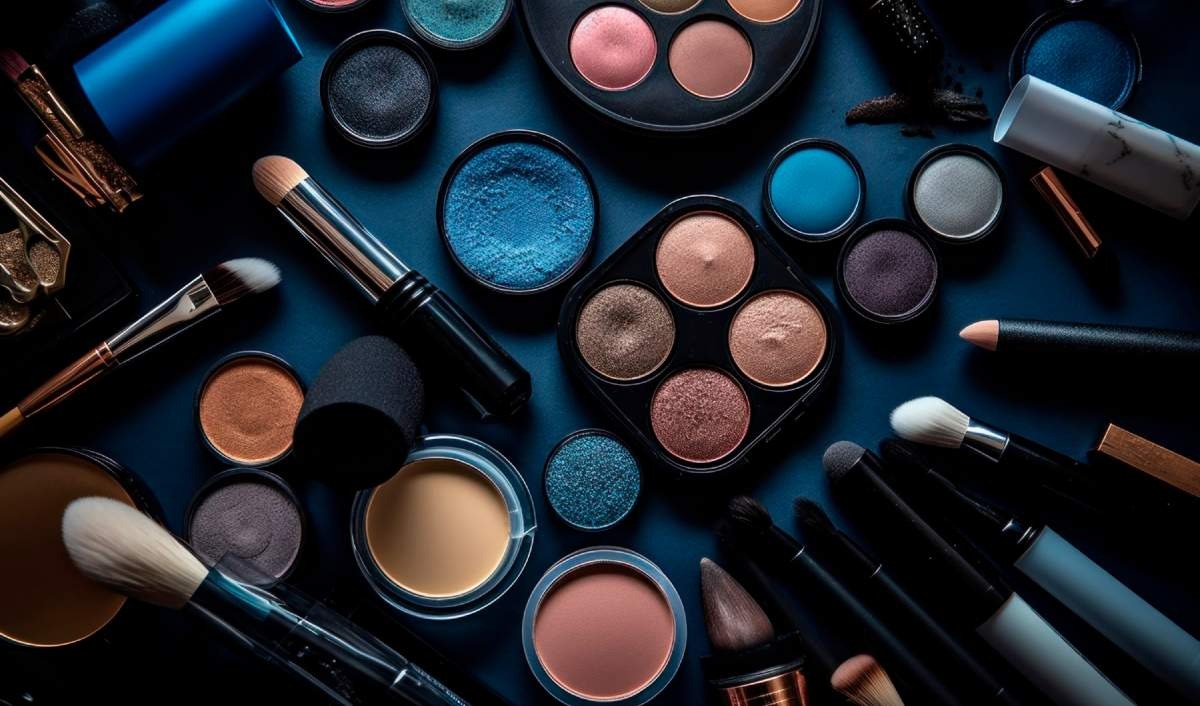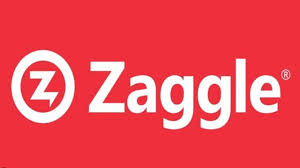
Follow WOWNEWS 24x7 on:
Updated: July 17, 2025 06:31

Lipstick and Legacy: Indie Labels Rewrite the Rules of Urban Beauty
India's beauty market is experiencing a seismic transformation with local players dominating international giants in metro retail, ushering in a new age of consumer fervor and entrepreneurial creativity. Driven by the Vocal for Local 2.0 movement, indigenous brands are sweeping metro shelves—and hearts—with authenticity, affordability, and speed.
Major Characteristics of the Beauty Boom
1. Rise of the Indie Powerhouses
Sugar Cosmetics, Minimalist, and Plum are at the forefront with ingredient openness, cruelty-free products, and skin solutions tailored to India. Their direct-to-consumer business and snappy digital marketing have enabled them to create cults in metros such as Mumbai, Delhi, and Bengaluru.
2. Birla Cosmetics Makes an Entrance
Ananya Birla's new Birla Cosmetics targets 5% of India's beauty market. With Lovetc and Contraband brands, the company marries global formulation expertise (Italian and Korean) with local manufacture, as a high-quality-but-value-for-money choice versus the big players.
3. Changing Consumer
Trends Urban consumers are increasingly opting for brands that have an Indian value, skin tone, and climate requirement. It is fueled by growing nationalism, greater understanding of where the product comes from, and a willingness to shop at ethical, sustainable brands.
4. Global Giants Feel the Heat
Multinational players like Unilever and L'Oréal, who have ruled India for decades, are now revamping to remain in the fray. Brand-endorsed by celebrities and independent players are eating into their pie, especially among Gen Z and millennials.
5. The Road Ahead
With India's beauty market set to hit $34 billion by 2028, the indie revolution is not a fad—it's an uprising. Indie brands are no longer niche brands; they're redefining the rule book on beauty retail.
Sources: Economic Times, Bastion Research, Zee Business, Think with Niche


